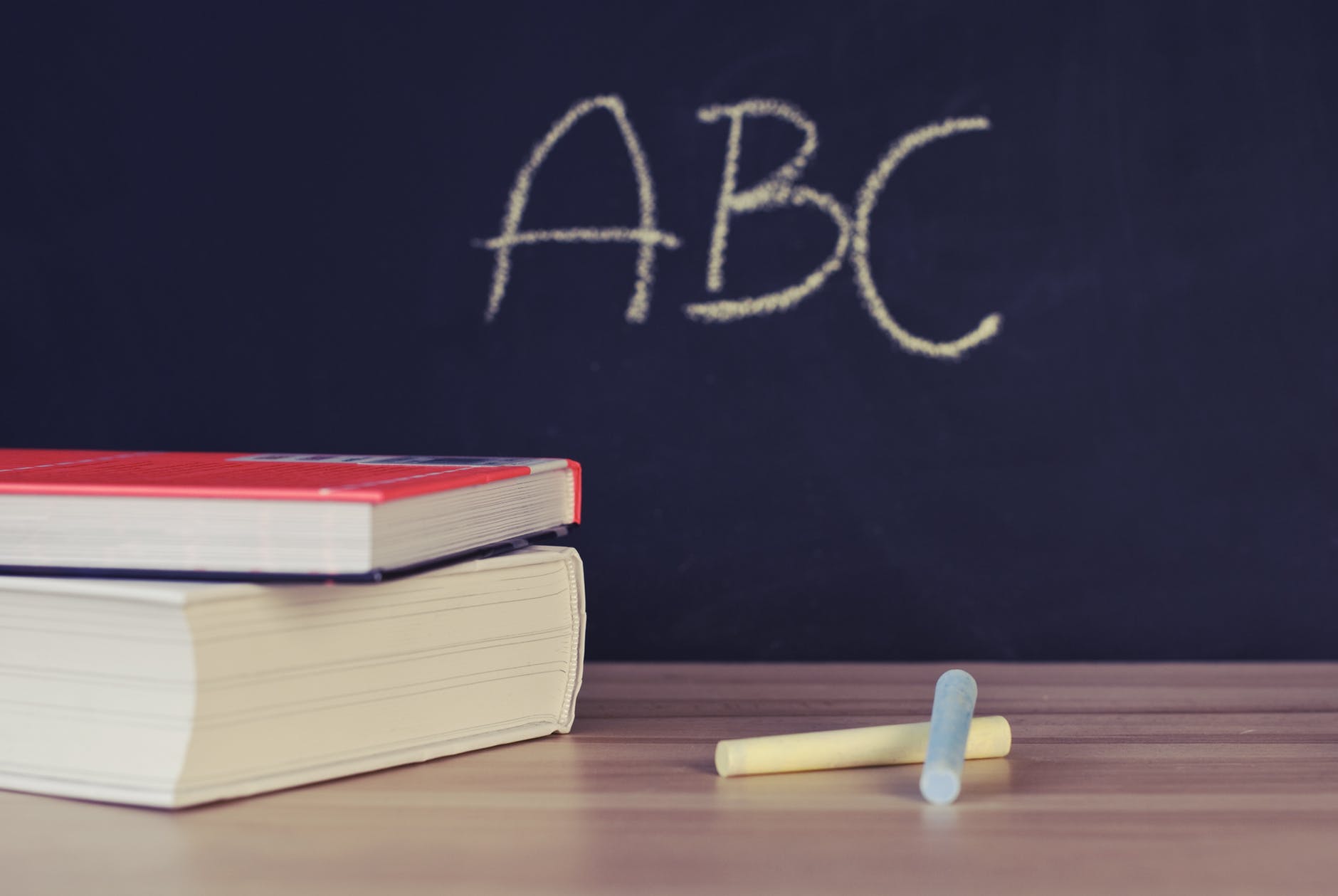Are you looking for strategies that help your students unlock the power of visual memory? If so, keep reading.
1. Teach the student to learn sequences and lists of information in segments (e.g., telephone numbers are learned as 123, then 874, then 1710, etc.).
2. Get the student to take notes when instructions are being given following the “What, How, Learning materials, and On occasions where” format.
3. Show ideas following the outline of (1) Who, (2) What, (3) Where, (4) On occasions where, (5) How, and (6) Why.
4. Make it pleasant and positive for the student to ask questions about things not grasped. Praise the student by assisting, congratulating, etc.
5. Teach the student to recognize common visual symbols (e.g., a red octagon means stop, a skull and crossbones represent poison, etc.).
6. Give the student written instructions, rules, lists, etc. Praise the student for being able to recall the information given in the written form.
7. Praise the student for remembering information received visually: (a) give the student a concrete reward (e.g., classroom privileges, line leading, 10 minutes of free time, etc.) or (b) give the student an informal reward (e.g., praise, handshake, smile, etc.).
8. Assess the appropriateness of the task to ascertain if ( a) the task is too easy, (b) the task is too complicated (e.g., too much information to remember) or ( c) the duration of time required for the student to remember is sufficient (e.g., the presentation of information was too brief, the time lapse between the presentation of content and request for recall was too long, etc.).
9. Inform the student of the situation in which the content was initially presented to help them remember information (e.g., say, “Remember yesterday when we talked about …?” “Remember when we were outside, and we looked at the …?” etc.).
10. Give the student visual signals to help them remember the information previously presented (e.g., using keywords printed on the smartboard, exposing part or all of an image, etc.).
11. Draw the student’s attention to crucial aspects of visual images (e.g., by highlighting, outlining, drawing arrows, etc.).
12. Give auditory information (e.g., oral instructions or explanations, etc.) to support information the student receives visually.
13. Make the student recall days of the week, months of the year, birthdates, addresses, telephone numbers, etc., after seeing this information in written form.
14. Consider using an education app to help the student enhance their visual memory. Click here to view a list of apps that we recommend.





